Master, Full Time

- Campus Wels
- Email sekretariat.ee@fh-wels.at
- Telephone +43 5 0804 43077
- Download info sheet Contact us
Projects & Research
Advancing Electrical Energy Engineering Through Deep Learning
Integration of the Scaled Polynomial Constant Unit Activation Function for Enhanced Power Grid Analysis
An Artificial Neural Network (ANN) equipped with a newly developed SPOCU activation function is to be created for Bogdan Krasylnykov's Master's project. ANNs, a branch of AI simulating the human brain's operations, are implemented as computer programs. The initial architecture for this project is a Perceptron, which includes input nodes, a summation node, and an activation function, forming Multilayer Perceptron (MLP). Each input node has a weighted connection, with weights adjusted during forward- and backpropagation for precise predictions. The addition of the SPOCU activation function, an adaptive function for efficient learning in dynamic networks, will enable the ANN to handle complex tasks and power grids. Python, featuring machine learning-specific packages like Keras and TensorFlow, is the chosen programming language.
Exploring Computational Electromagnetics
In this Master's project of Bogdan Kraslnykov, program which able to evaluate capacitance for arbitrary 2D-geometry were implemented. This program was developed on Python and based on computation method called Method of Moments.
Method of Moments is quite a widespread method, used in many proprietary EM simulation software (e.g. COMSOL) and Python was chosen, because it is freely available and has many additional open libraries. Method of Moments (or shorty MoM) is a numerical computation method, that solves Maxwell’s equations formulated in integral form.
MoM utilizes integral formulation of Maxwell’s equations (with Green’s functions) and unknown of these equations are sources of electric and magnetic fields, like currents or charges on the surfaces of conductors and dielectrics.
This method is suited for open region problems (e.g. antennas or microwave problems often include open regions), where other methods, like Finite-Difference Time-Domain, can give significant error.
Lifetime Estimation of Solar Cells
Led by Orynbassarov Abay, a master's student in the Electrical Engineering program at FH Campus Wels from Kazakhstan, this project focuses on estimating the lifespan of solar cells using censored data. Employing advanced statistical methodologies, the research endeavors to analyze and predict the durability of solar cells based on incomplete data sets. The ultimate aim is to enhance the reliability and longevity of solar energy systems, contributing significantly to the advancement of sustainable energy solutions. At the moment, Abay applies his expertise at Coil Innovation, a leading manufacturer of Air Core Dry Type reactors, where he applies his research findings to real-world applications, reinforcing the practical relevance of this study in addressing the challenges of renewable energy technology.
Student projects in R&D
Students are also invited to join in R&D activities at the University. Electrical storage systems, PV systems, e-mobility, power electronics, high voltage and high current engineering, switching devices and lightning protection are a few examples of the areas of principle interest. Our modern high voltage and
high current lab provides an optimal research environment, equipped with excellent diagnostic tools, including high-speed cameras and plasma spectroscopy.
High voltage lab @ Wels Campus
New HV test field at University of Applied Science Upper Austria
As part of an EU-funded project (Interreg project AB43), students and scientists are carrying out research to develop a high-voltage battery. The aim is to develop a reliable battery system that can be integrated
directly into a medium-voltage DC system, creating high-performance units to store electrical energy, with excellent capacity at peak loads.
For the project, all the dielectric loads have to be investigated, especially those caused by voltage surges and sustained DC loads. Influences such as the climate, contamination and temperature are varied. Associated power electronics must also be tested for the occurrence of voltage surges. The University of Applied Sciences Upper Austria has created a 30 kV prototype which has passed initial tests. As part of the project, two Faraday cages were built. One is equipped with a HIGHVOLT impulse generator (1 MV, 50 kJ). The other test enclosure contains an AC/DC kit (200 kV AC, 270 kV DC). All necessary precautions have been taken by HIGHVOLT, with a commercially available partial discharge measuring system integrated into the AC/DC system. One feature worth particular mention is that the impulse generator can also be set to impulse currents with 4/10, 8/20 and 10/350 waveforms.
All the measuring equipment required for this purpose was also developed and installed by HIGHVOLT. As well as conducting research, students on the international electrical engineering course (bachelor's and master's degrees) are trained to work with the equipment itself during laboratory exercises, thus learning not only the key physical processes occurring when insulating materials are subjected to high voltages, but also how to handle ultra-modern high-voltage measuring technology.
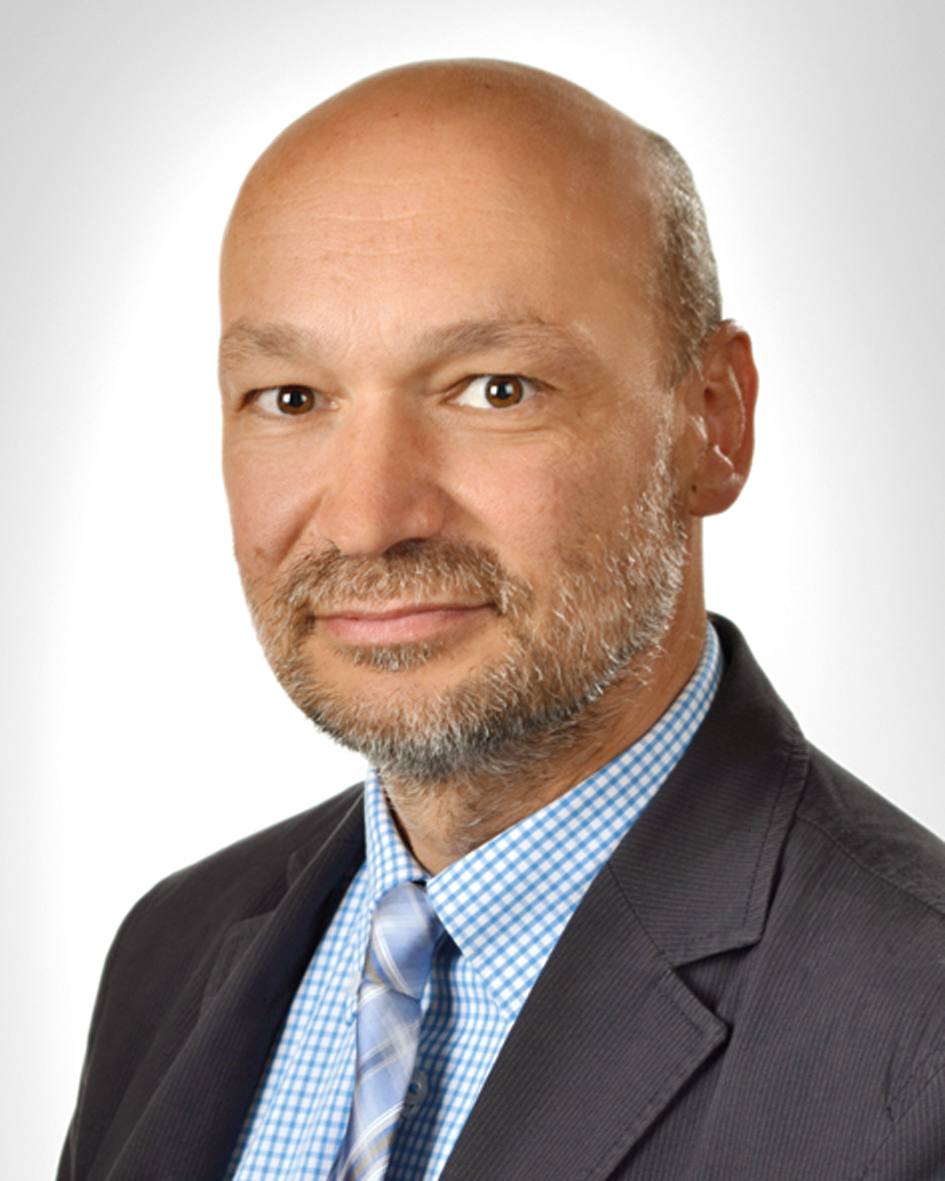
The lab is busy around the clock with research and teaching, and is a central, indispensable piece of research equipment for our institution.
Dr. Peter Zeller
Former head of studies
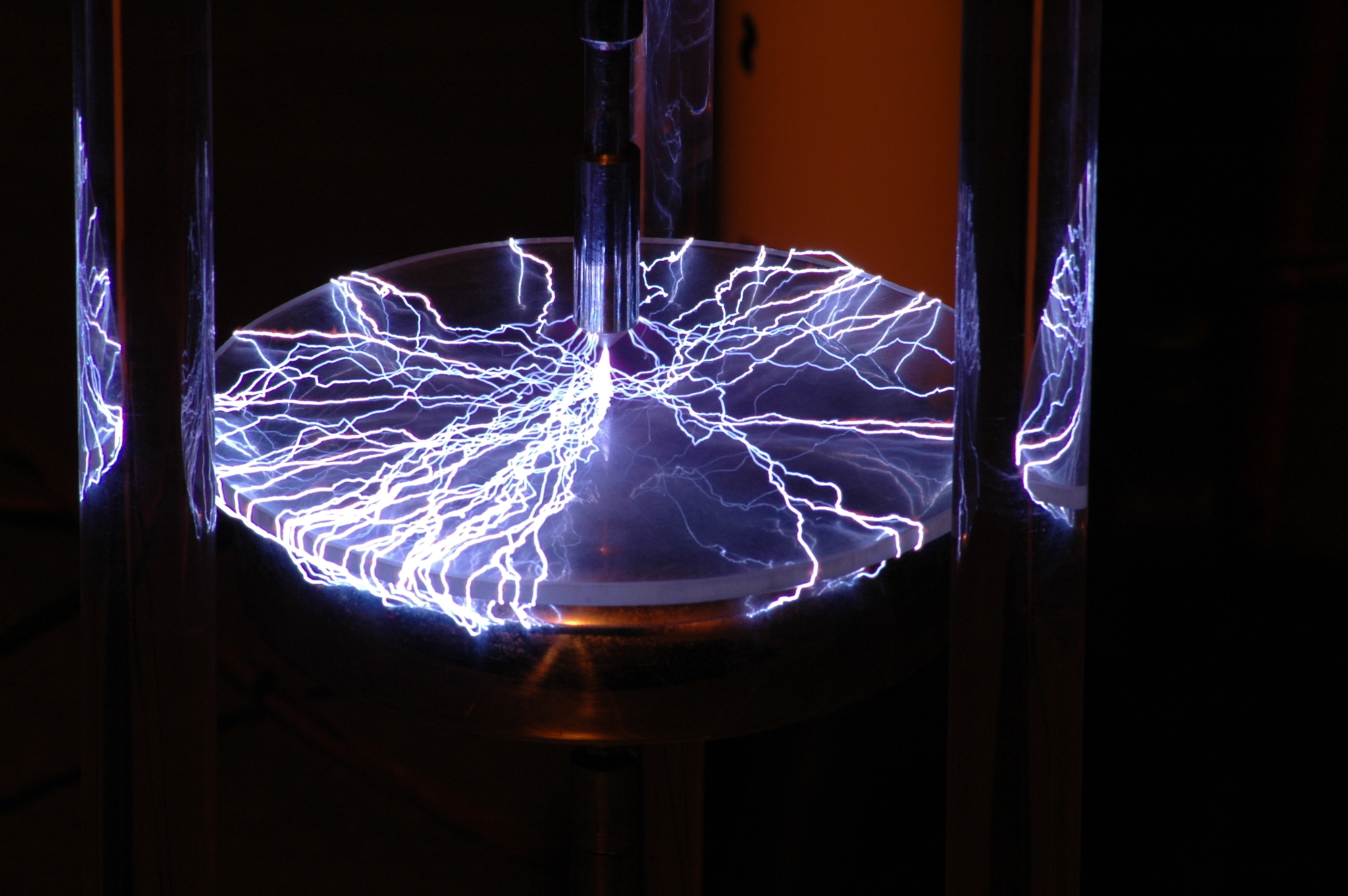

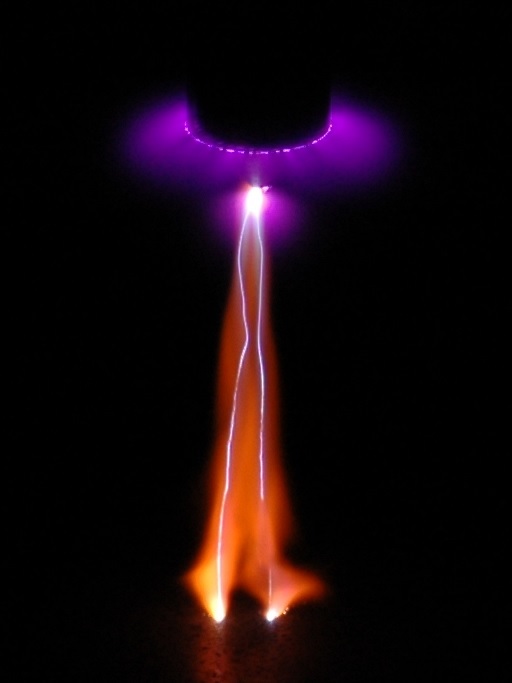
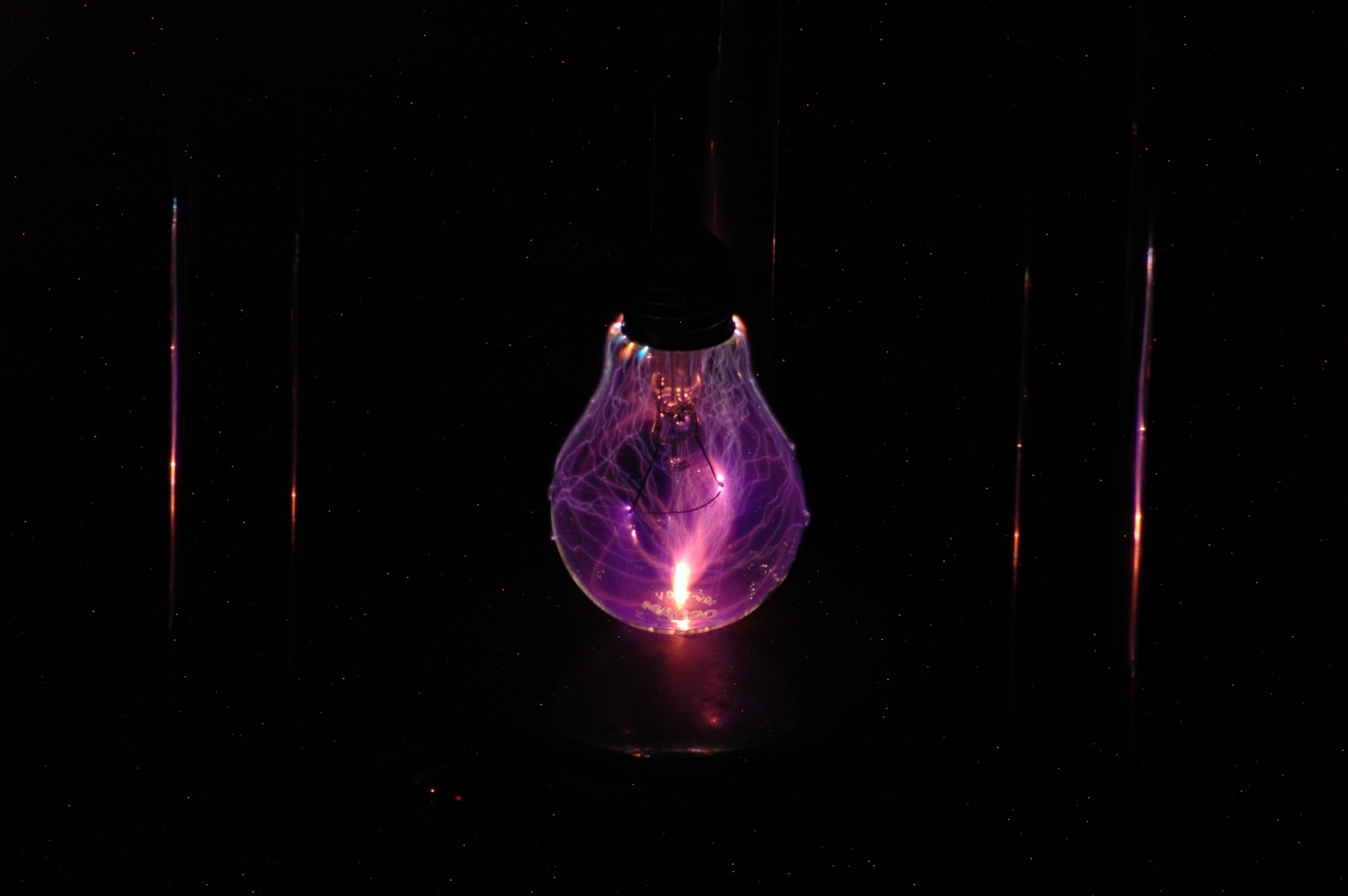
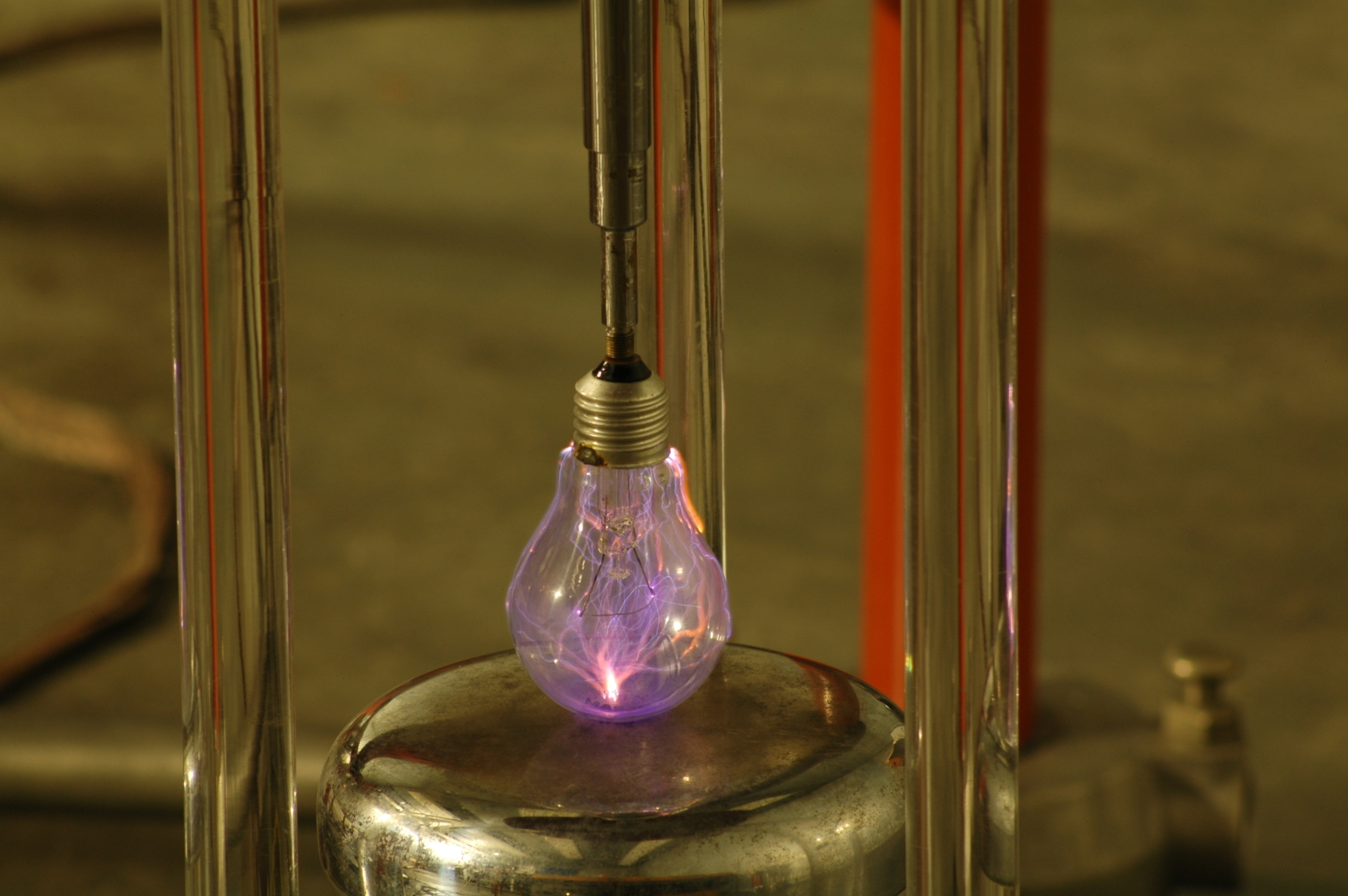








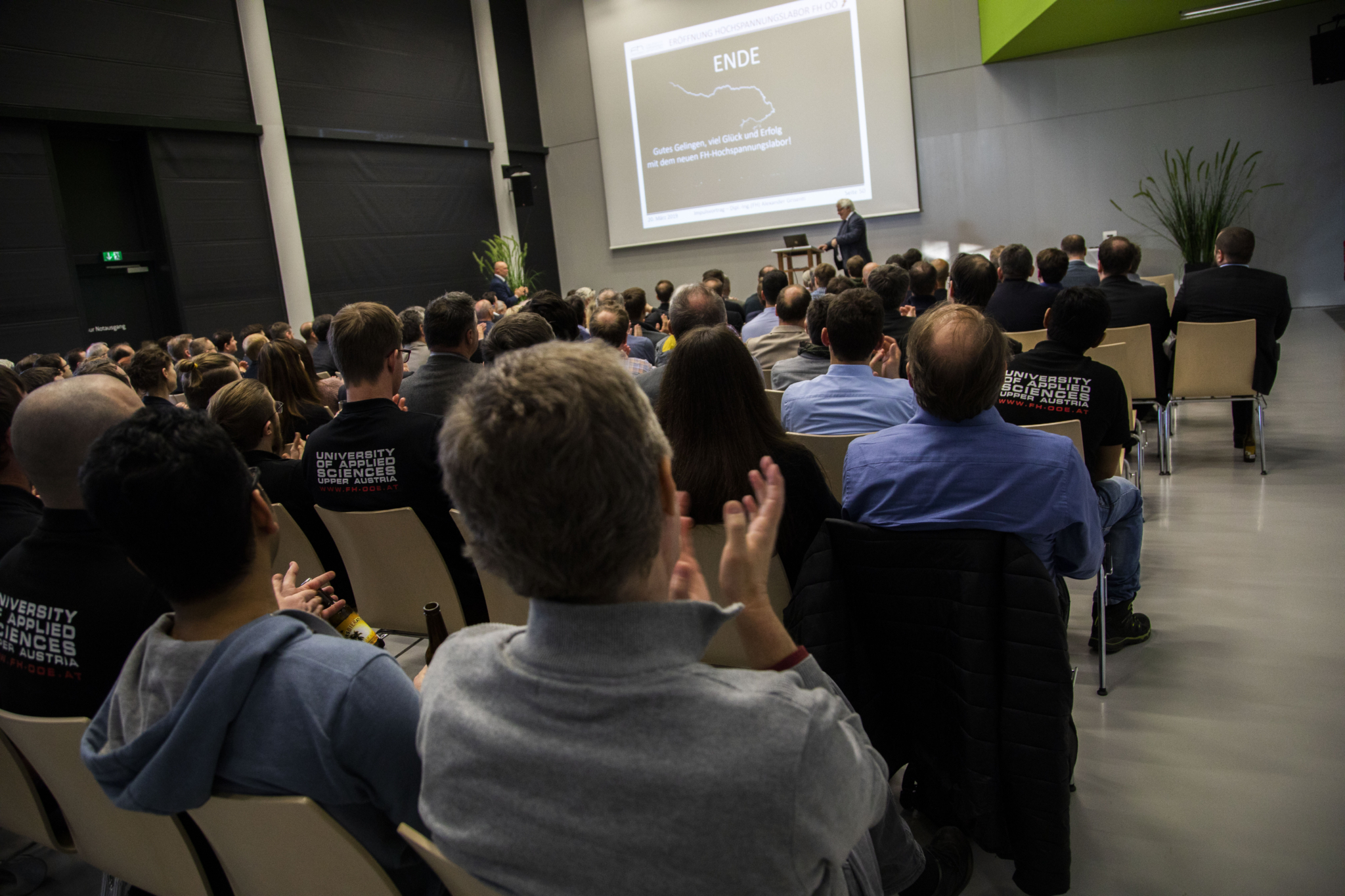

Contact
EmailE sekretariat.ee@fh-wels.at
TelephoneT +43 5 0804 43077
Quick Links
I'll help you choose your study program.